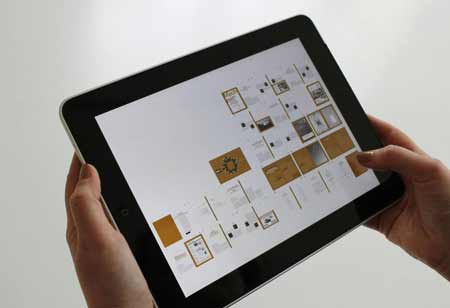THANK YOU FOR SUBSCRIBING
THANK YOU FOR SUBSCRIBING

By
Logistics Transportation Review | Wednesday, October 08, 2025
Stay ahead of the industry with exclusive feature stories on the top companies, expert insights and the latest news delivered straight to your inbox. Subscribe today.
Fremont, CA: The integration of the Internet of Things (IoT) into asset tracking within transportation has brought numerous benefits, significantly enhancing efficiency, safety, cost-effectiveness, and customer satisfaction. The key advantages include real-time visibility of asset locations, predictive maintenance that reduces downtime, optimized fleet management for improved resource allocation, and enhanced security measures to protect valuable cargo.
One of the most significant advantages of IoT in transportation asset tracking is the ability to monitor assets in real-time. IoT devices, such as GPS trackers, sensors, and RFID tags, enable businesses to accurately track the location of vehicles, containers, and cargo. This real-time visibility allows logistics companies, fleet managers, and transportation providers to continuously monitor their assets’ movement, status, and condition throughout the supply chain.
IoT technologies can collect various data from transportation assets, including real-time traffic conditions, weather patterns, and vehicle performance. By analyzing this data, transportation companies can optimize routes for maximum efficiency, reduce travel times, and avoid potential delays. For example, GPS tracking and IoT-enabled traffic sensors can help fleet managers reroute vehicles in real-time to prevent congestion, accidents, or road closures.
IoT-powered asset tracking plays a crucial role in predictive maintenance for vehicles and equipment. Sensors embedded in transportation assets, such as trucks, trailers, and cargo, can continuously monitor critical components like engine health, tire pressure, temperature, and fuel consumption. This data allows fleet managers to detect early signs of mechanical failure, enabling them to schedule maintenance before a breakdown occurs.
Safety is a crucial crisis in the transportation industry. IoT can significantly improve driver and cargo safety. IoT sensors can monitor various factors influencing safety, including vehicle speed, braking patterns, fuel consumption, and driver behavior. These sensors send real-time alerts to fleet managers if a vehicle operates unsafely, allowing them to intervene before an accident occurs.
IoT technology enhances cargo security. With GPS tracking and smart locks, transportation companies can monitor the movement and security of high-value or sensitive cargo. During unauthorized access or theft, IoT systems can instantly send alerts, helping to recover stolen goods quickly. Geofencing technology, which establishes virtual boundaries for specific assets, can further enhance security by notifying managers if an asset moves outside its designated area.
IoT provides transportation companies with comprehensive data on fleet performance, helping them manage assets more efficiently. Data collected from vehicles, such as fuel consumption, idle time, route history, and maintenance schedules, can be used to analyze performance and identify inefficiencies. Fleet managers can use this information to ensure that vehicles are utilized optimally, minimizing idle times, reducing fuel consumption, or preventing overuse.
I agree We use cookies on this website to enhance your user experience. By clicking any link on this page you are giving your consent for us to set cookies. More info





